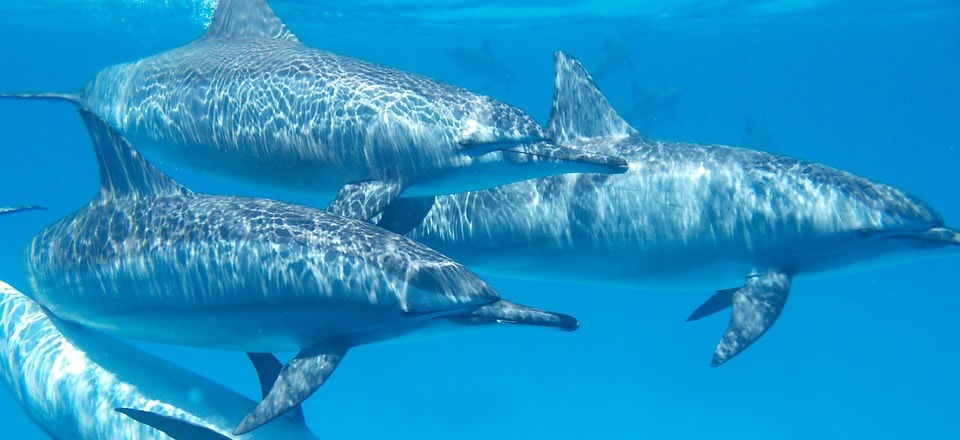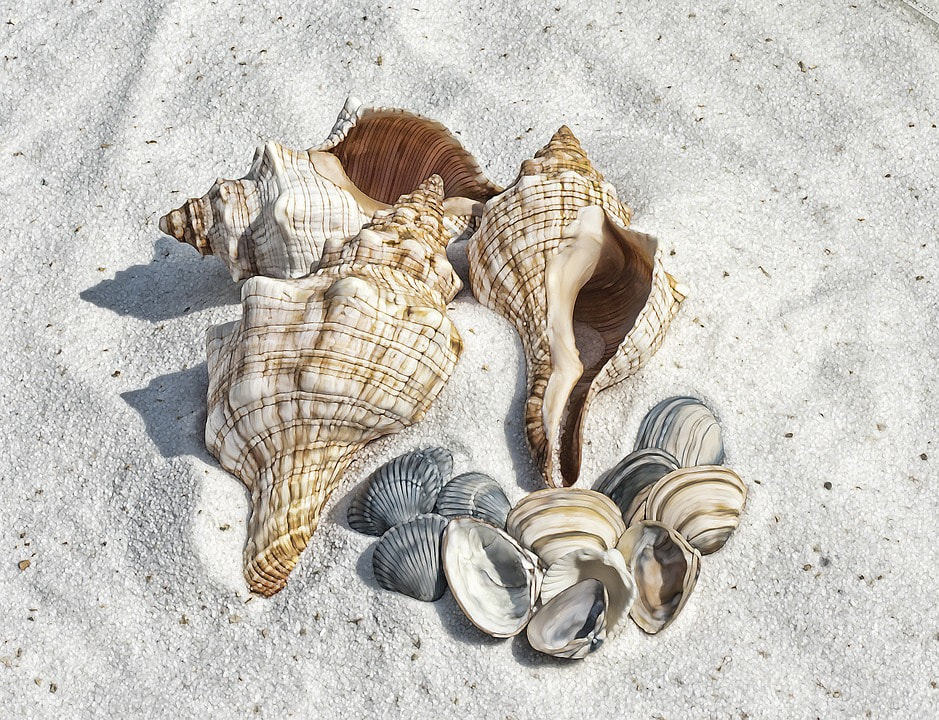|
July and the start of the school holidays heralds a mad dash to park, pool and seaside. School yards fall silent, their high fences only serving to protect abandoned tarmac.
Vacationers, like the inevitable run of a river to the coast, make their annual pilgrimage to the sea. The rush for golden sands, at home or abroad, is pursued in cramped vehicles full of camping gear, toys and gadgets. We are not the only guests residing on our shores at this time of year. Gannets, Puffins, Kittiwakes, Razorbills, Guillemots, Fulmars, Herring Gulls and Shags are now ensconced in their hollows and ledges high on the cliffs. These avian tourists come from near and far but all demonstrate that squabbles, negotiations and romantic gestures are not confined to the human visitors! The whoops of children along the beach seem to stretch and distort in the hazy sunshine. Our minds become tidal flotsam, drifting in and out of contact with our surroundings. Within a few days our cares and worries seem to loosen their limpet-like grip. Soon we are seduced into a sun-kissed reverie; the pace of our steps slows and we sense our shoulders gently dropping earthwards. At the seaside, we sit at the periphery between two domains. The ocean has often been used to represent our unconscious world. However, during the Summer it seems harder to connect to this principle. The sun, sparkling on the surface entices us away from our deeper worries. We splash about in the shallows, dimly aware of the dangers of the deep. From a young age we are taught not to go too far out, lest we be swept out to sea. Films about mindless sharks play upon our primitive terrors, psychopathic beasts that reduce us to mere toys. However, aquatic predators become less terrifying once they are seem as part of the great cycle of life that exists in the oceans. Even the largest beast will expire, floating down to decompose at depth, eventually fed back as nutrients to micro-organisms that start the food chain once again. There is a human need to expand our knowledge outwards, more of a reticence to feel our way inward. We know more about the other planets in the solar system than we do of the ocean depths. We can also be fearful of the terrors that lurk in the depths of our own internal oceans. Repressed feelings of shame, anger and humiliation drift at the bottom of that dark world. Shipwrecks of regret rust away, hopes dashed on bitter rocks. Powerful currents may drag us helplessly this way and that, pushing us to behave in ways that defy logical explanation. There are potent lessons to be learnt from our darker depths. If we can find the courage to explore what lies beneath, the unknown can become less terrifying simply through loosing its mystery. We can begin to map the psychic topography and find reasons why we act the way we do. But not all that resides below is to be feared. There seems to be a universal delight at seeing the glistening curve of dolphins emerging from the waves. We seem innately connected to these amazing creatures. It is a challenge to identify exactly why we feel this connection. However, when you look in the eyes of a dolphin, there's a recognition. There is a sense of presence, of being considered by something other than human. It is difficult not to believe that the empathy we feel is not reciprocated. They are certainly a reminder that descending into the depths of our own psyches can also bring rich rewards of self awareness, acceptance and the opportunity to connect more fully with others. Art Making Beachcombing in the early morning is a wonderful time to discover the gifts of the ocean. Tantalising shells, pieces of coloured glass, strange pieces of wood, may have you wondering about their story and how long they have been in the sea. You are invited to go collecting art materials at the water’s edge. If you are not near the sea, you can forage near a river or pond. Once you have collected your items, arrange them in a circle in front of you. To which item are you most drawn? If you imagine the item represents an aspect of yourself, what would it be? What is your relationship like to this facet of yourself? You may want to consider why you were drawn to this piece and the story that it is telling about you. You may wish to repeat the process, choosing other items. Through this process, you can begin to get a sense of your hidden depths.
0 Comments
Leave a Reply. |
AuthorSimon Wodward, Indoor and Outdoor Art Therapist Archives
April 2017
Categories |



 RSS Feed
RSS Feed
